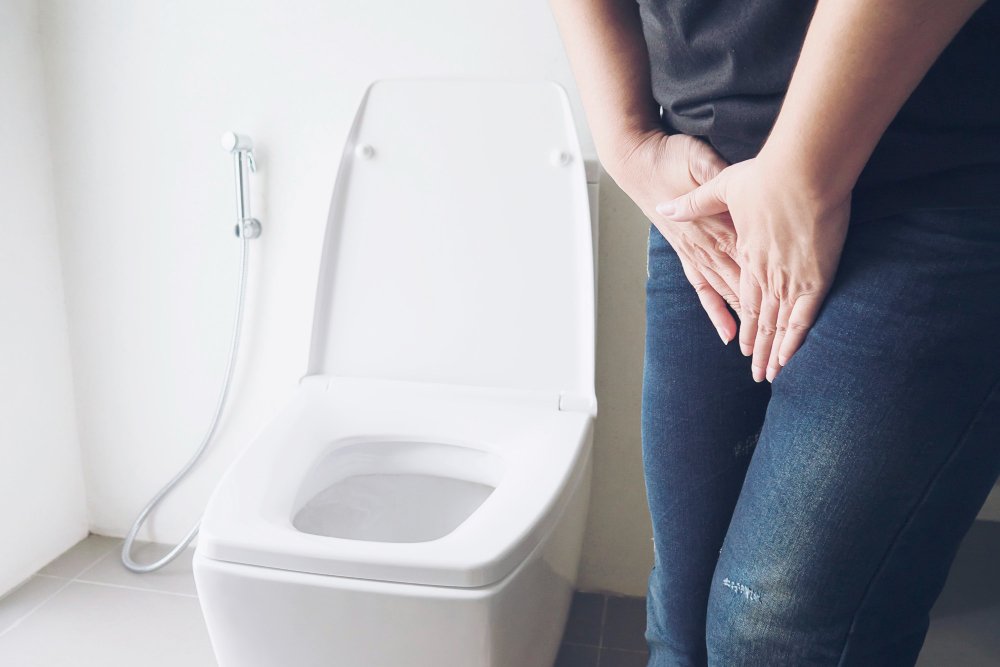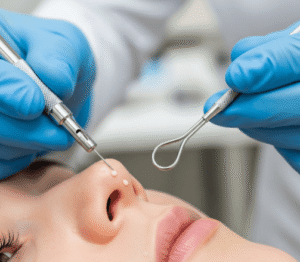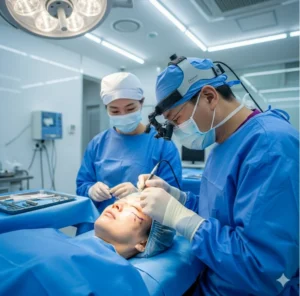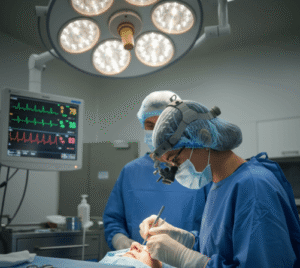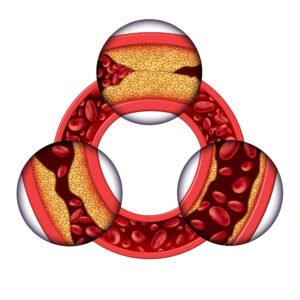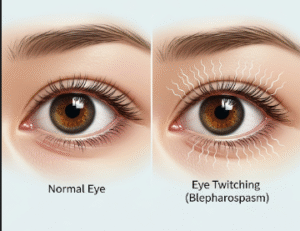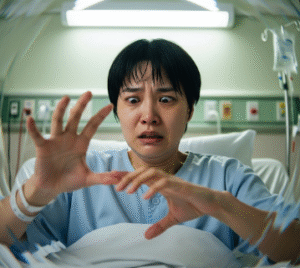Overview
Urge Incontinence is a type of urinary incontinence characterized by the sudden, intense urge to urinate followed by an involuntary loss of urine. It is commonly caused by overactivity of the bladder muscles and often associated with overactive bladder syndrome. The condition can interfere with daily life, disrupt sleep, and lead to emotional distress. Effective treatments are available to manage and improve symptoms.
What is Urge Incontinence
Urge Incontinence is the involuntary leakage of urine that occurs after a sudden and uncontrollable urge to urinate. This condition is often a result of overactive bladder contractions and may occur even when the bladder is not full. It differs from stress incontinence, which is caused by physical pressure (e.g., coughing or lifting). Urge incontinence affects both men and women but is particularly common in older adults and individuals with neurological disorders.
Symptoms
- Sudden, strong urge to urinate
- Involuntary loss of urine before reaching the toilet
- Frequent urination (more than 8 times a day)
- Nocturia (waking up more than once at night to urinate)
- Wetting accidents that occur without warning
- Feeling of bladder fullness even after urination
- Urgency triggered by certain activities (e.g., hearing running water)
Causes
Urge incontinence is typically caused by involuntary bladder muscle contractions but can also result from various medical and lifestyle factors:
- Overactive bladder (OAB)
- Neurological disorders: Parkinson’s disease, stroke, multiple sclerosis, spinal cord injury
- Urinary tract infections (UTIs)
- Bladder irritation from stones, inflammation, or tumors
- Aging-related changes in bladder control
- Constipation or bowel dysfunction
- Caffeine, alcohol, or certain medications that stimulate bladder activity
Risk Factors
- Older age
- Female sex (though men can also be affected)
- Neurological conditions
- Diabetes mellitus
- Obesity
- History of pelvic surgery or childbirth
- Bladder irritants (e.g., spicy foods, artificial sweeteners)
- Chronic bladder infections or inflammation
Complications
Without proper management, urge incontinence can lead to:
- Social embarrassment and anxiety
- Disruption of sleep due to frequent nighttime urination
- Skin irritation or infections from constant wetness
- Reduced physical activity and quality of life
- Depression or emotional distress
- Increased fall risk in older adults rushing to the toilet
Prevention
While urge incontinence may not always be preventable, the following measures can help reduce risk and severity:
- Bladder training to increase bladder capacity
- Avoiding bladder irritants like caffeine, alcohol, and spicy foods
- Maintaining a healthy weight
- Treating urinary tract infections promptly
- Regular pelvic floor exercises (Kegels)
- Managing chronic conditions like diabetes or neurological disorders
- Avoiding constipation and ensuring regular bowel habits
Treatment Options in Korea
South Korea offers comprehensive and multidisciplinary care for urge incontinence, combining urology, gynecology, neurology, and rehabilitation medicine to tailor treatment to the individual’s needs:
- Behavioral therapies:
- Bladder training
- Timed voiding
- Pelvic floor physical therapy
- Medications:
- Anticholinergics (e.g., oxybutynin, solifenacin) to calm bladder spasms
- Beta-3 adrenergic agonists (e.g., mirabegron) to relax bladder muscles
- Topical estrogen for postmenopausal women (in select cases)
- Neuromodulation therapies:
- Percutaneous tibial nerve stimulation (PTNS)
- Sacral nerve stimulation (SNS) for refractory cases
- Botulinum toxin (Botox) injections into the bladder wall
- Surgical options (rare, reserved for severe, treatment-resistant cases)
- Urinalysis and bladder function tests to assess and monitor progress
Korea’s hospitals provide cutting-edge technologies and personalized treatment plans, ensuring effective relief and improved quality of life for patients dealing with urge incontinence.

